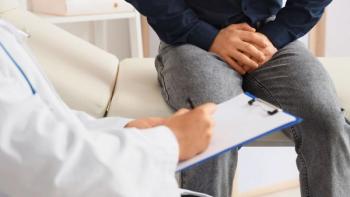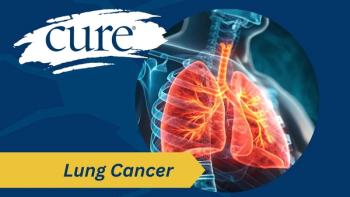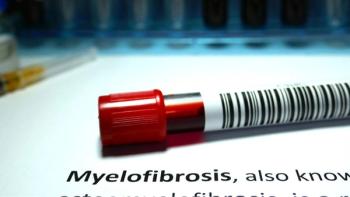
Sharing Body Positivity after a Mastectomy
Having role models who illustrated body positivity helped me feel more acceptance of changes after my mastectomy.
“You show me yours, and I’ll show you mine” is not just a Willie Nelson song. Sharing differences and commonalities is a natural way some breast cancer survivors bond.
Such sharing is rooted in childhood. I remember the first time somebody other than my mother looked at my breasts. A friend new to bras asked innocently during a sleepover. At that point, I was still flat, but my friend’s reaction was neither shock nor disdain. Our mutual acceptance just went to show me that bodies and breasts come in all varieties.
From friends and other role models, I have treasured those who helped me to live with a maturing body, including a post-mastectomy one. One reason I have always felt comfortable being asymmetrical, wearing a prosthesis rarely, is because a woman who worked at the library when I was in graduate school greeted anyone who entered the lobby with a body she felt so comfortable in, one with one breast. Showing me who she was prepared me to be more of myself when my turn came.
I also learned another lesson about body positivity during graduate school in Austin, Texas, a time swimming topless or nude was acceptable. It was liberating to go to Barton Springs or Hippy Hollow. While I have not gone skinny dipping since I jumped into a secluded creek near my current home with a friend almost 40 years ago, I sometimes think about how much fun it would be to skinny dip today with my new body: one breast I worry about (not size but cancer risk) and one mastectomy site. It will happen one day.
Fortunately, early days of skinny-dipping along with other lessons on difference over the years prepared me for my lack of inhibitions during breast exams, scans and dermatology checks even after the mastectomy. Having breast cancer role models including that woman in the library and, a few years later (my mother) also helped. Body positivity can embrace all our body types.
Recently I was talking with a friend about how people scar differently. I asked her how well she had scarred with her mastectomy, and then we did it. We shared our mastectomy sites in my living room couch, like two old friends with a new bond or two young girls unhampered by false modesty. We were different but the same, no judgment (even if my site was puffier, my scar redder).
Of course, I am only one person. Margaret Fitch has written comprehensively about attitudes toward bodily changes in “Living With Body Image Changes Following Completion of Cancer Treatment.” Some survivors, for example, feel as if their bodies are mutilated or deformed. (This is why counseling can be so helpful throughout breast cancer journeys.)
While sharing can help with acceptance, we need to respect where others are in their journeys. Some cancer survivors may thrive with a less show-and-tell approach. When sharing does not create envy or disordered thinking, it may make breasts changed by lumpectomies and mastectomies feel more natural.
For more news on cancer updates, research and education, don’t forget to




